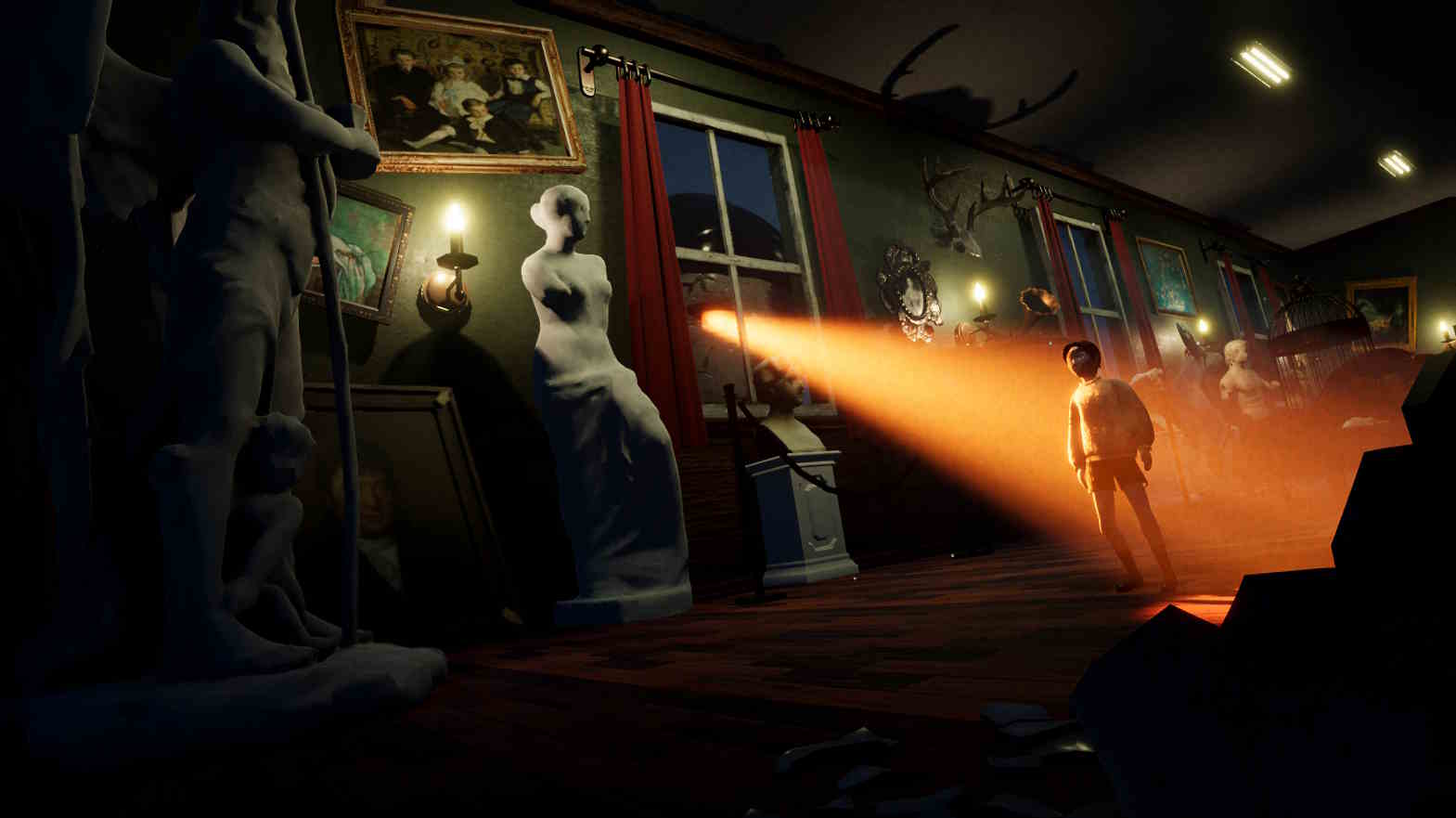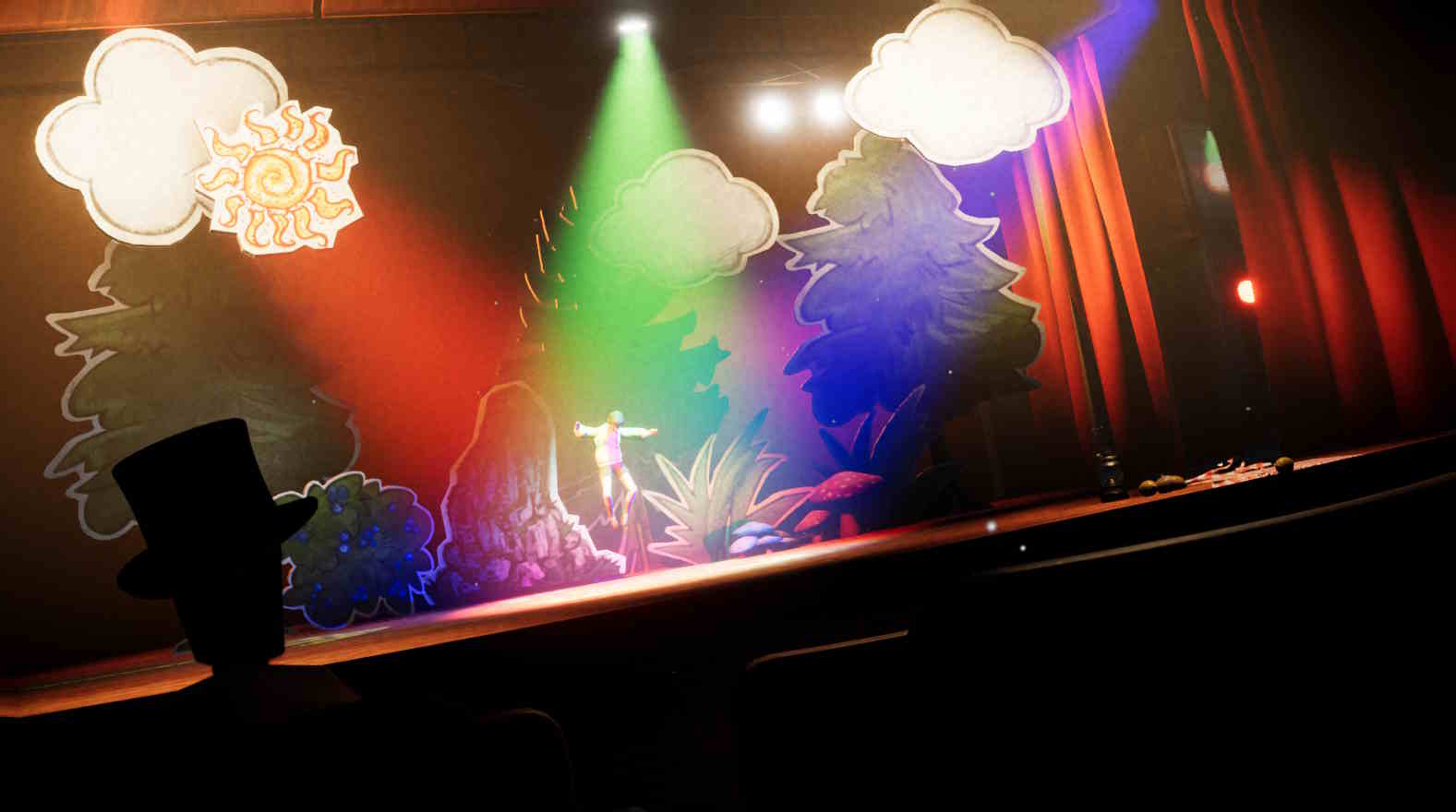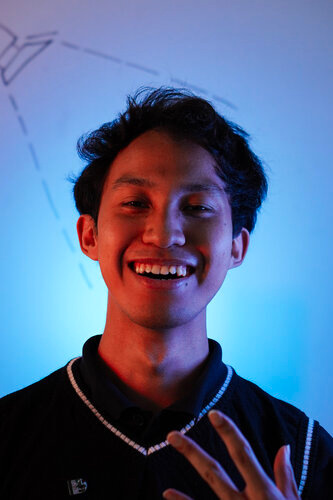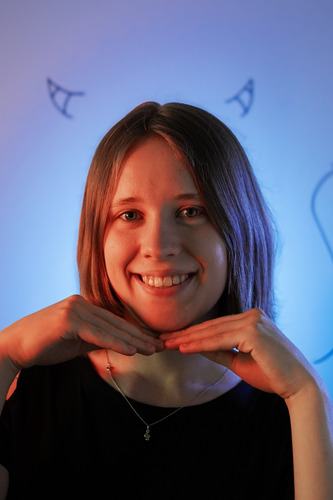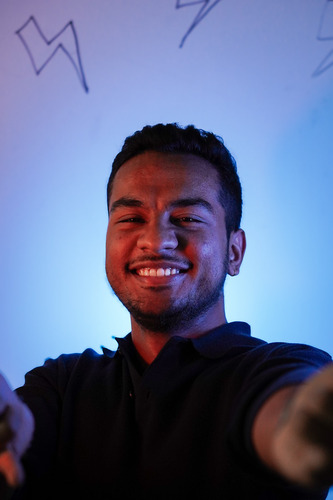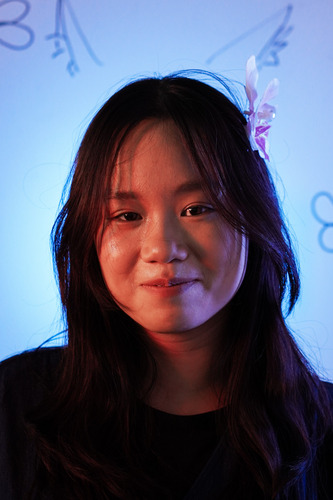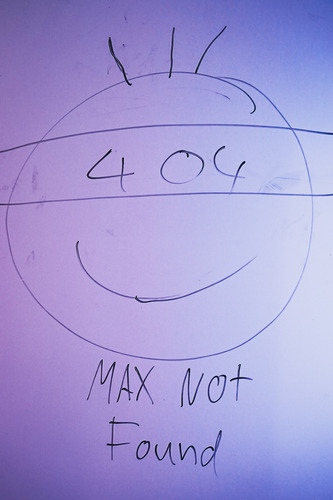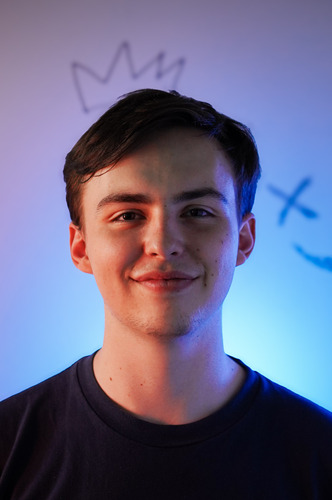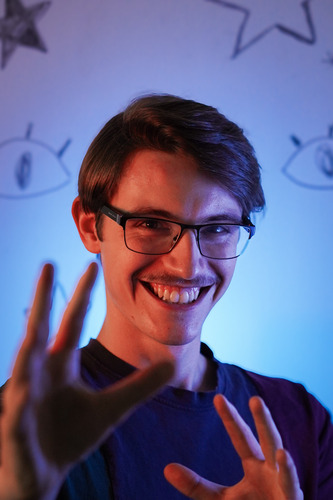“It has to be cool.” - This is the standard we were set to fulfill.
Therefore, we did not just use light to make the game visually appealing but also centered a huge amount of gameplay around utilizing light. One of our main priorities was challenging players with puzzles that use different light mechanics in diverse variations. For instance, to light up a completely dark room or by coloring objects with the help of RGB-colored spotlights. To achieve our goals, we used the Unity Game Engine as well as its built-in HDRP Render-Pipeline.
 Demo
Demo
